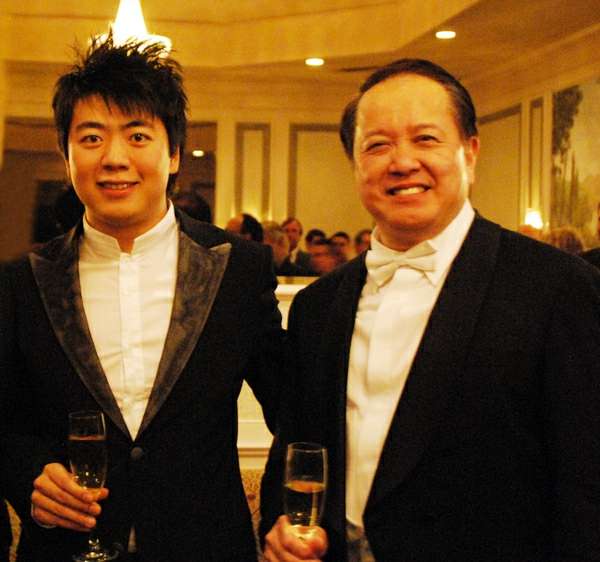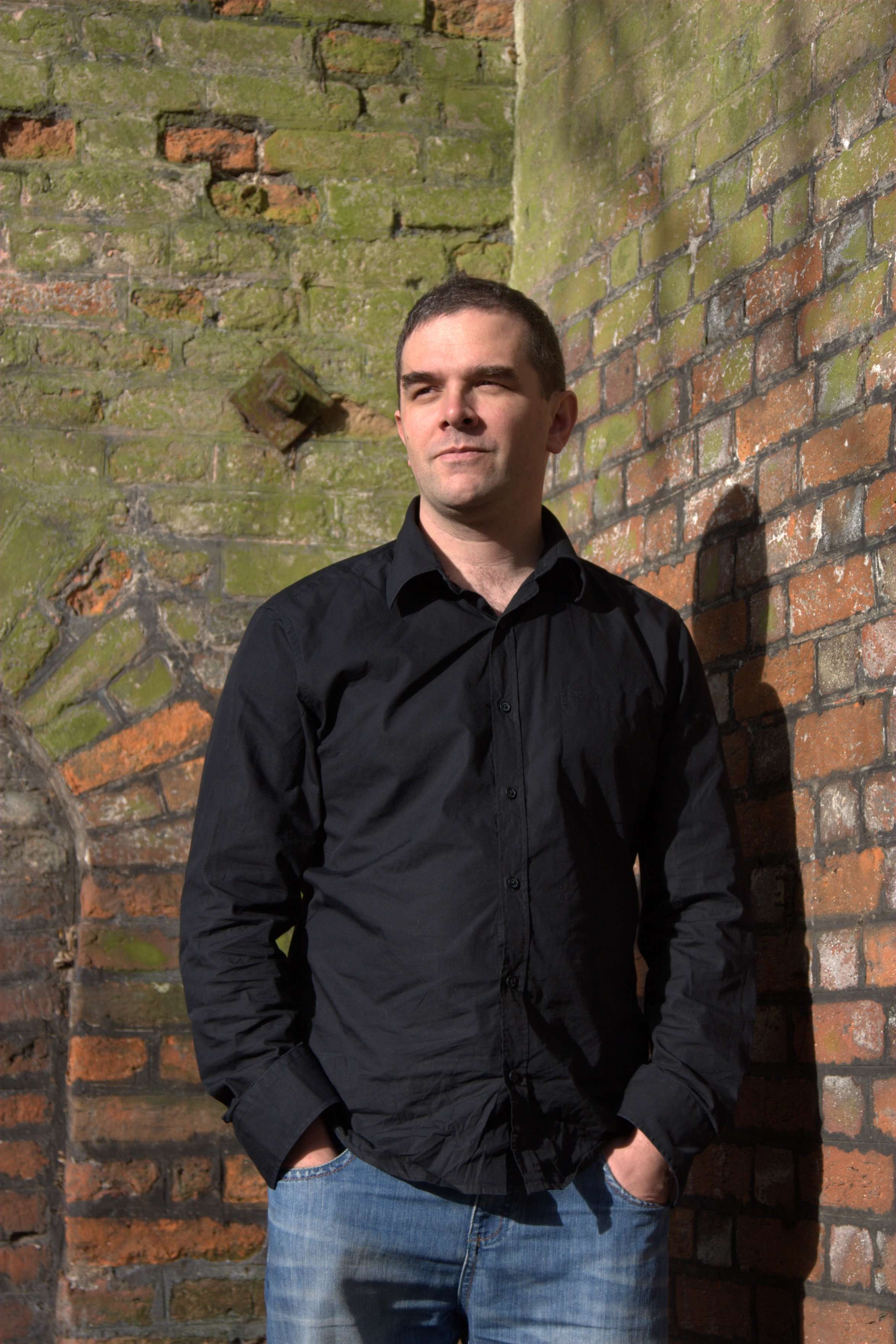|
Back
San Diego Shows Its Colors New York
Isaac Stern Auditorium, Carnegie Hall
10/29/2013 -
Sergei Rachmaninoff: Piano Concerto No. 2 in C minor, Opus 18
David Bruce: Night Parade
Sergei Prokofiev: Symphony No. 5 in B-flat Major, Opus 100
Lang Lang (Pianist)
San Diego Symphony Orchestra, Jahja Ling (Conductor/Musical Director)

L. Lang/J. Ling (© www.jahjaling.com)
Orson Welles has a lot to answer for.
San Diego is a charming city with a beautiful bay, a historic hotel, fabulous zoo and gardens and a choo-choo train going straight to Tijuana. Orson Welles in Touch of Evil’s fictional San Diego makes the town a film noir cesspool of nastiness, murder, a slutty old Marlene Dietrich, a near rape for Janet Leigh, and Orson Welles floating like a dead whale in the harbor.
Granted, Touch of Evil was filmed in Venice, California, but so powerful is this fictional San Diego that I couldn’t quite believe that the San Diego Orchestra existed. And even in its best moments, I expected them to go into Henry Mancini’s Touch of Evil brassy music.
True enough, the San Diego Symphony, in its very first concert in New Year after more than a century as California’s oldest symphony orchestra (who knew?) gave three pieces which were as showy as Mancini, but in a different way. If they wanted to show off their orchestra, they produced a trio which highlighted a) one composer, b) one soloist and c) finally the whole orchestra in one of the 20th Century’s more iridescent orchestral tapestries.

D. Bruce (© Neil Matthews)
The composer, David Bruce, was commissioned by the San Diego Symphony for his Night Parade, a whirligig parade which put the orchestra through its paces. Yet Mr. Bruce’s piece, perhaps in deference to San Diego’s conservative patrons, wrote music somewhere halfway between John Philip Sousa and Charles Ives. And one would have preferred either.
Granted, after a week of European arcane complexity by Penderecki and Michel van der Aa, this work breathed American energy. In other words, one never had to question why? His Night Parade had a toe-tapping rhythmical theme, the instruments roared and raved, and made funny sounds, but virtually all of them ended on a the dominant notes. Sousa did it better–and Ives, with his multiple bands playing at one time, would have called it “sisssy music.” But it sure suited the audience.
Following this was–let’s face it–a Brand. The Brand is Lang Lang, who, for over a decade has been the face of brilliant technique, variable artistry, delightful personality, an icon for younger Chinese pianists, and with his warm, informal personality, a joy to concert managers and audiences.
He simply can’t fail, no matter what he does. And the coteries of Asian artists, headed by Tan Dun, who turned out to see him, was proof of his well-deserved popularity.
Lang Lang didn’t take any chances. This was the Rachmaninoff Second Concerto, and the pianist didn’t need to exaggerate anything here. The music is an exaggeration in itself, and its unfettered romanticism is an automatic joy.
The pianist has indeed changed over the years. He has lost his mannerisms (or rather, the raised hands, the body movements seem more natural), he realized that there is no way to get “under” the Concerto, for the work has no secret meanings. Rather, he played with a healthy force, a velocity, and at times in the first and last movements, an acceleration which pushed conductor Jahja Ling to pull his orchestra to catch up with the soloist.
There was no doubt who the boss was here. Mr. Ling spent as much time looking at Lang Lang as at the orchestra, and this illustrious pianist made certain that he was pulling the reins.
No matter. Lang Lang, always confident, has a warmth and playfulness which assures audience rapport, and the audience stood as one when finished. Only a churl would criticize such a pleasing performance.
The encore with orchestra started off vaguely Chinese, but soon launched into a “Happy Birthday” for a man standing in the balcony. San Diegans knew him, we New Yorkers were ignorant. The man, though, was Dr. Irwin M. Jacobs, the “Carnegie” of San Diego, whose millions in contributions allowed San Diego’s concert hall to be named in honor of this benefactor and his wife.
The test was the Prokofiev, but after Lang Lang, it was something of a comedown. Not that the orchestra is a bad one. One of their conductors, David Atherton, had been also conductor of the Hong Kong Philharmonic, so when living there, he would tell me about doing “business” in San Diego and Hong Kong–quite off the record, not always complimentary. But Mr. Atherton was the ultimate stickler for precision, and that was obviously injected into the ensemble which Indonesian-born Jahja Ling conducts today.
So one never worried about getting the Prokofiev right. No flubs at all, the tempos were right on. But after hearing this conducted over the years by Gergiev, Gilbert, Maazel etc, with the Mariinsky, the NY Phil and other orchestras, the orchestra gave off a mild radiance, not a burning incandescence.
Orson Welles painted his fictional San Diego in black and white. Jahja Ling paints his orchestra with the appropriate, never discncerting colors. And when the occasion merits–as wth Lang Lang–its colors really do glow.
Harry Rolnick
|